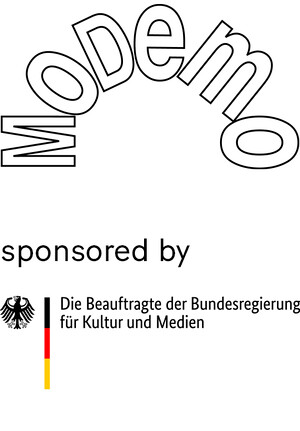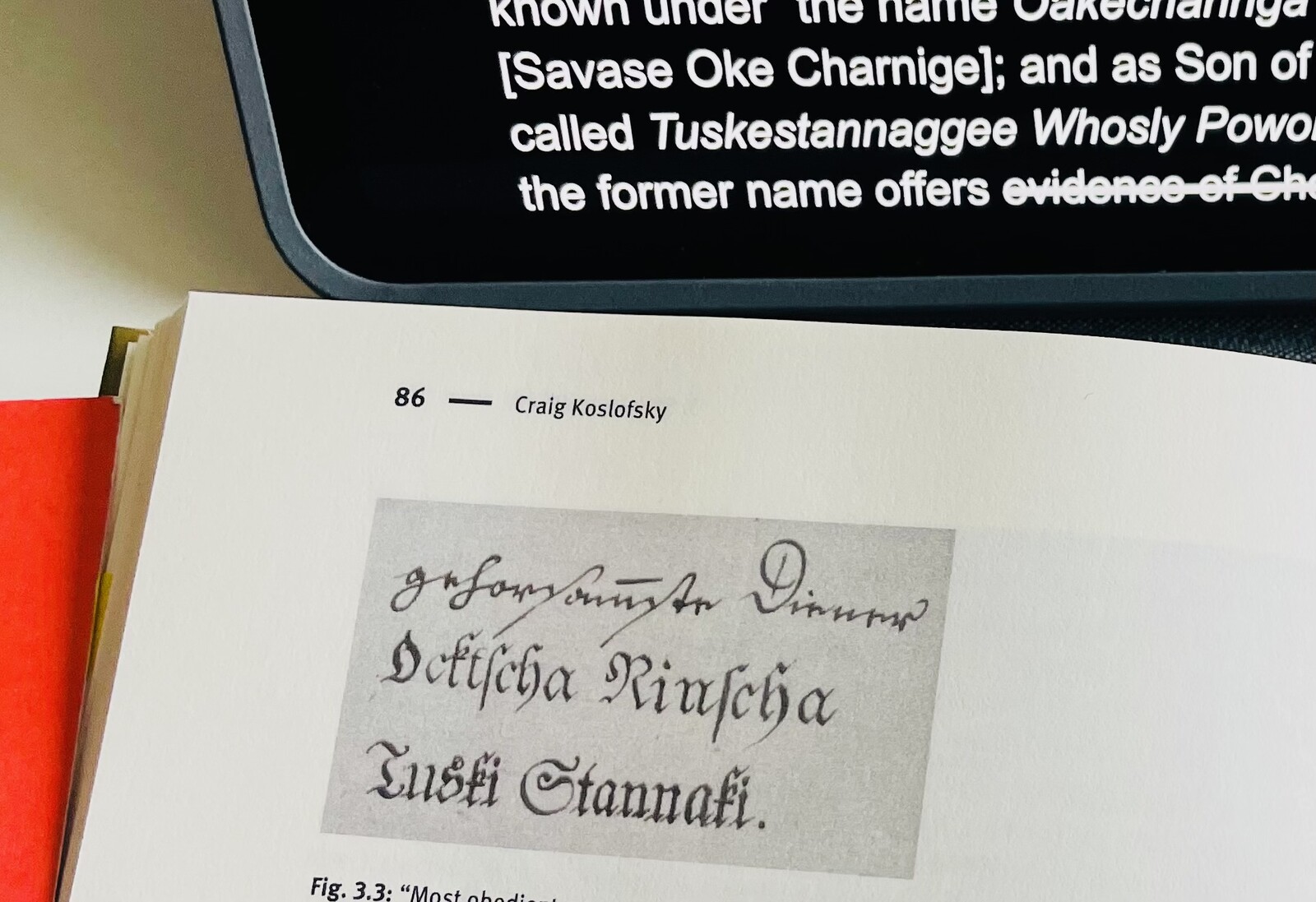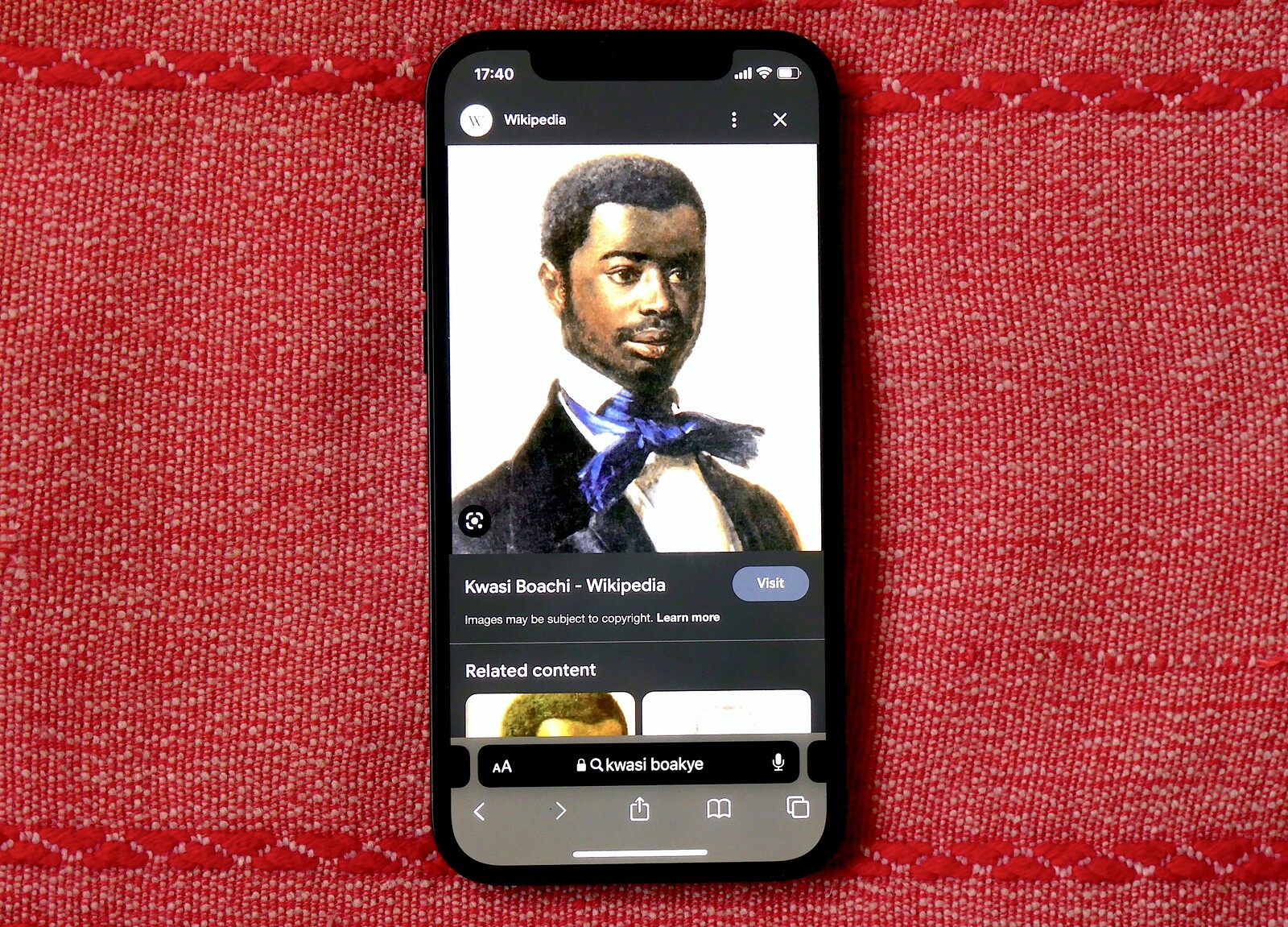Art and research in dialogue
Residenzschloss Dresden
Taschenberg 2
01067
Germany
Hours: Wednesday–Monday 10am–6pm
T +49 351 49142000
presse@skd.museum
The Stannaki Forum is a new format of the cross-collections Research Department at the Staatliche Kunstsammlungen Dresden (SKD, Dresden State Art Collections) to honor diasporic lives, struggles and aesthetics as unfinished histories. Artists, historians, curators and theorists are invited to be in conversation with researchers of SKD to engage from different positions with the knowledge emerging from global trade and travel routes of people as well as matter and material in the present. Acknowledged as existing forms of knowledge, the Forum situates the collections’ objects as storytellers carrying the inscribed-yet-untold narratives of slavery, racial capitalism, extraction and military deputations as well as anti-colonial refusals, abolitionist movements, transcontinental ethics, artistic knowledge and skillfulness.
The Stannaki Forum is named after the Native American Tuski Stannaki, who, together with Savase Oke Charnige, were displaced from their indigenous communities of the Choctaw and Muscogee people to the Saxon court of Augustus II. As the historian Craig Koslovksy explains in Beyond Excpetionalism, Traces of Slavery and the Slave Trade in Early Modern Germany (2021), both arrived in Dresden around 1722/23 after being subject to the violence of the transatlantic trade, followed by traded stays in the courts of London, Vienna and Breslau. Captured by the British John Pight, a brutal enslaver of Native people in the American Southeast during the late 17th century, historical accounts of Leipzig and London report that they were described as “the Son of the Emperor of the Nawcheys” and known under “the name Oakecharinga Tiggwawtubby Tocholochy Ynca [Savase Oke Charnige]; and as Son of the King of the Istowlawleys, called Tuskestannaggee Whosly Powon Mico [Tuski Stannaki].” While the former name offers evidence of Choctaw origin, the latter name seems to be the Muscogee word ‘Tvstvnvke,’ which means ‘Warrior’ while ‘Mico’ means ‘Chief’ in Muscogee.
“From Porcelain to Porcelain”
April 5, 6–8pm, Japanisches Palais and online
With transdisciplinary artist Tuan Mami in conversation with Julia Weber of the Porcelain Collection SKD and Sojin Maik of the Museum of Decorative Arts SKD, moderated by Anna-Lisa Reith, SKD.
Stimulated by the artistic knowledge of East Asian porcelain makers, the Dresden court of the 17th and 18th aimed to reproduce this cultural technique. Today, the Porcelain Collection of the Staatliche Kunstsammlungen Dresden exhibits porcelain from the Chinese Empire next to the Meissen porcelains with „chinoiseries“ decoration: The figurative scenes and landscapes „à la chinoise“ are a treasure of knowledge to be unearthed with regard to the reception and assessment of the Chinese Motif in Europe, escpecially the Chinese Empire. While imitating the Chinese porcelain art technology on the one hand, and its appropriation by Eurocentric motifs and aesthetics on the other, Meissen porcelain painters produced stereotypical images of African, Asian and European people as visual grammar. The Stannaki Forum wants to engage with methods of decoding the transfer without reproducing stereotypes in the present.
Register here.
“Aquasi Boachi, or Kwasi Boakye––A Black mining engineer in Saxony”
June 7, 6–8pm, Albertinum and online
With cultural scientist Andrea-Vicky Amankwaa-Birago in conversation with Holger Birkholz of the Albertinum SKD, moderated by the curator and scholar Mahret Ifeoma Kupka.
The dialogue takes the painted portrait depicting the engineer Aquasi Boachi (1827-1904)––also known as Kwasi Boakye––in Freiberg/Saxony, as a historical figure of the late Romantic period. The painting was completed in 1849 by court painter Carl Christian Vogel von Vogelstein. Being an Ashanti prince from Kumasi in present-day Ghana, Boachi studied mining in Freiberg, Saxony, in the mid-19th century. His biography gives reason to reflect on the culture, labor and relationship between Ghana and Saxony crossing the Netherlands as well as Indonesia. The painting will be shown in the Albertinum on loan from the Freiberg City and Mining Museum amongst other paintings from the romantic period.
Register here.
Further editions of the Stannaki Forum in 2023 include Kodwo Eshun, Alice Creischer and Andreas Siekmann a.o. in conversation with researchers of the Museum für Sächsische Volkskunst, the Münzkabinett, the Gemäldegalerie Alte Meister and the Kupferstich-Kabinett of the Dresden State Collections of Art.


